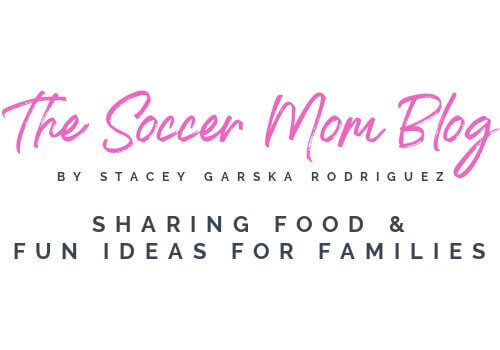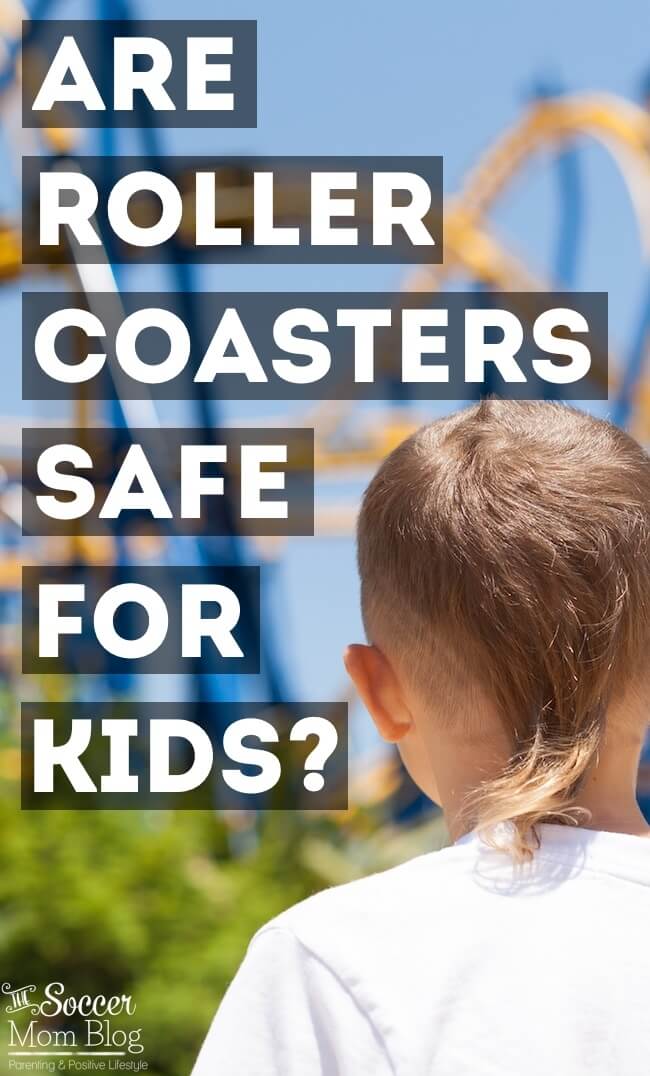Memories are a funny thing.
The overall narrative of the event might fade, but certain details remain crystal clear, even for decades.
I must have been twelve or thirteen. It was a summer trip to the amusement park and I was finally old enough to ride the “grown-up” rides.
I can still feel the heat radiating off the concrete, the hot sun relentless. I remember the cool relief of an air-conditioned waiting area for the park’s newest roller coaster. My anticipation built as the line snaked around the darkened room.
After two hours of waiting, it was all over in a matter of minutes. And thankfully so.
I climbed shakily out of the car, head ringing from being battered around through violent twists and turns and upside-down loops. I remember thinking, who would possibly think this was fun? And, was it even safe to have your head slammed about for two solid minutes?
I never rode that roller coaster again. After that experience, I looked at any ride billed as the “newest” or “biggest” or “fastest” with distrust.
Have we gone to far?
I get it. Amusement parks are a business, and to keep people coming back they need to innovate.
However, it isn’t enough anymore to simply introduce a new ride. It has to be the BIGGEST, TALLEST, FASTEST, SCARIEST ride ever built.
But at what cost?
If a water slide requires a two page safety warning, then can it really be called safe?
When do we stop with the quest to stretch the limits of what is possible?
What about a ride is technically labeled “safe,” but causes severe discomfort or even lasting side-effects to riders? You shouldn’t spend the rest of the day with ringing ears, a headache, or whiplash after two-minute trip on a roller coaster.
There are even studies linking the extreme G-forces on some roller coasters to subdural hematomas (brain bleeding).
The roller coaster that ruined them all for me did warn that there could be “violent” motions and that riders should remove their earrings.
That is another detail that sticks in my mind twenty years later: worrying where I would put my jewelry during the ride.
Where do we draw the line
When parents take their kids to an amusement park, they are expecting to have fun. There is an implication of safety.
But what many people don’t know is that there is “no federal oversight of theme parks, so there is no way to investigate accidents or share information about malfunctions in theme parks throughout the country, according to the Consumer Product Safety Commission.” (Source: ABC News).
Racing to build a ride that is the biggest and fastest before another park “beats ’em to it” leaves the possibility that we’re trying to do more than our current technology allows. This is abusing the trust of park patrons, safety warning or not.
I would never blame a parent for sending their child on a ride that was deemed safe for their age/size. They trusted in the proclaimed safety of a ride, as they should be able to.
Accidents will happen. But sometimes they shouldn’t. I think we need to slow down.
Parks need to put the safety of the patrons before the bragging rights that come with being the first to create a new type of ride that skirts the line of danger.
Parents need to know that parks might be skirting those lines, and getting away with it by reading your kids a safety warning to “cover their bases.”
Are Roller Coasters Safe for Kids?
Maybe. The ones designed for specifically for kids are obviously the safest bet. Some of the bigger and faster rides, especially ones that go up-side down or spiral might not even be entirely safe for adults, much less kids.
I’m not suggesting that anyone keep their kids from going to amusement parks, or even riding the “big” rides. However, there are a few things to consider before sending your kids on the newest creations:
- What is being said about that ride? Do you know anyone who has already tried that ride? Look online for news articles about the new ride. Often this is a way to find out if there have been concerns or complaints.
- Would you ride it? If I’m scared to ride something, then I’m probably not going to let my kids ride it. If possible, try the ride first so you’ll know what it’s like.
- Trust your gut. If you’re not comfortable with sending your kids on a particular ride, don’t. They’ll be ok — there are plenty of other things to do at an amusement park!
When it comes right down to it, like any other situation, we parents are the ones who ultimately have to look out for the safety of our kids.
- Paper Chain Octopus Craft - April 24, 2024
- Amish Sugar Cookies - April 19, 2024
- Marshmallow Playdough - April 18, 2024



Emma Sinorides says
I totally agree with you. If I’m scared to ride something, then I’ll not be going to let my kids ride it. The safety of children is the most important thing.